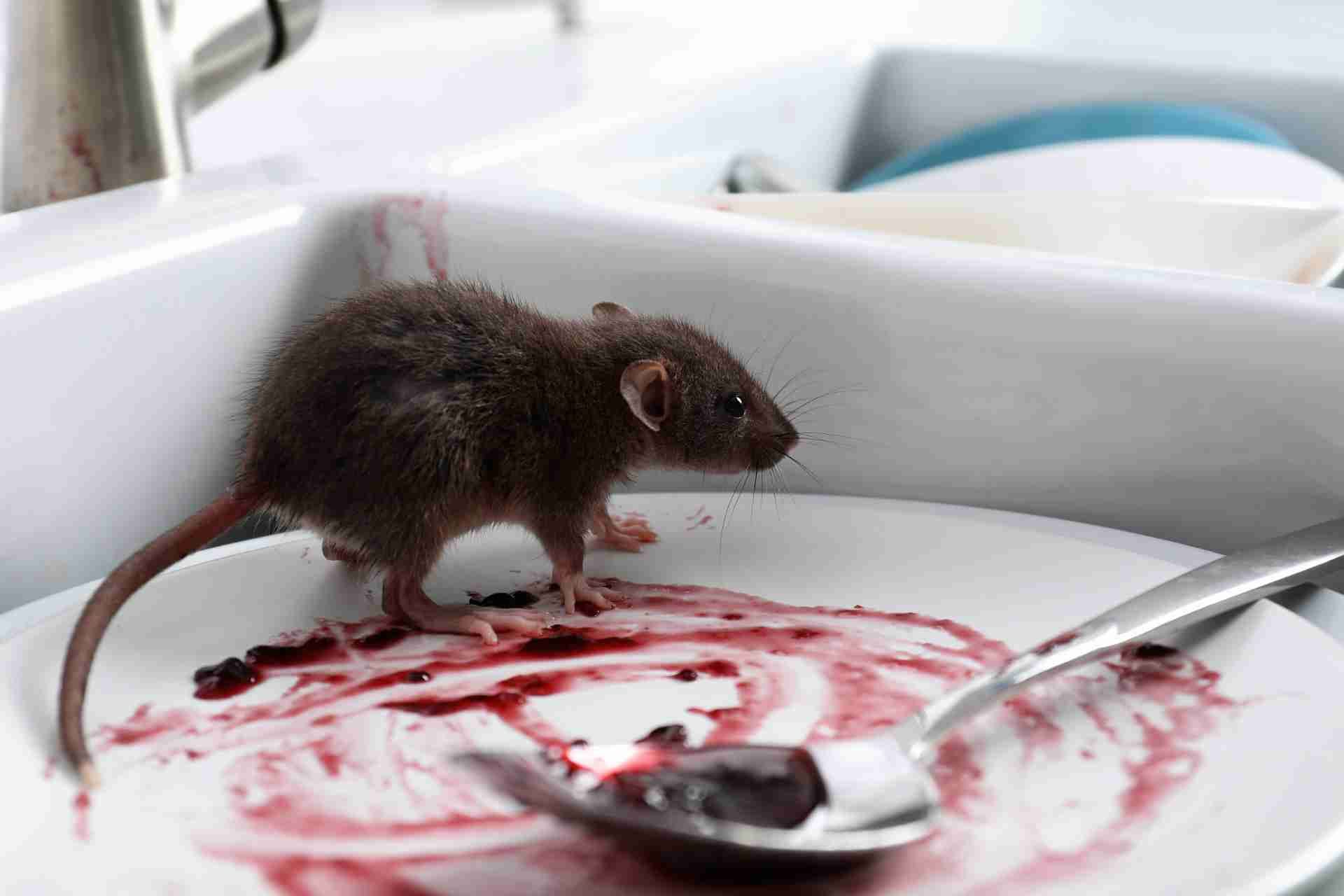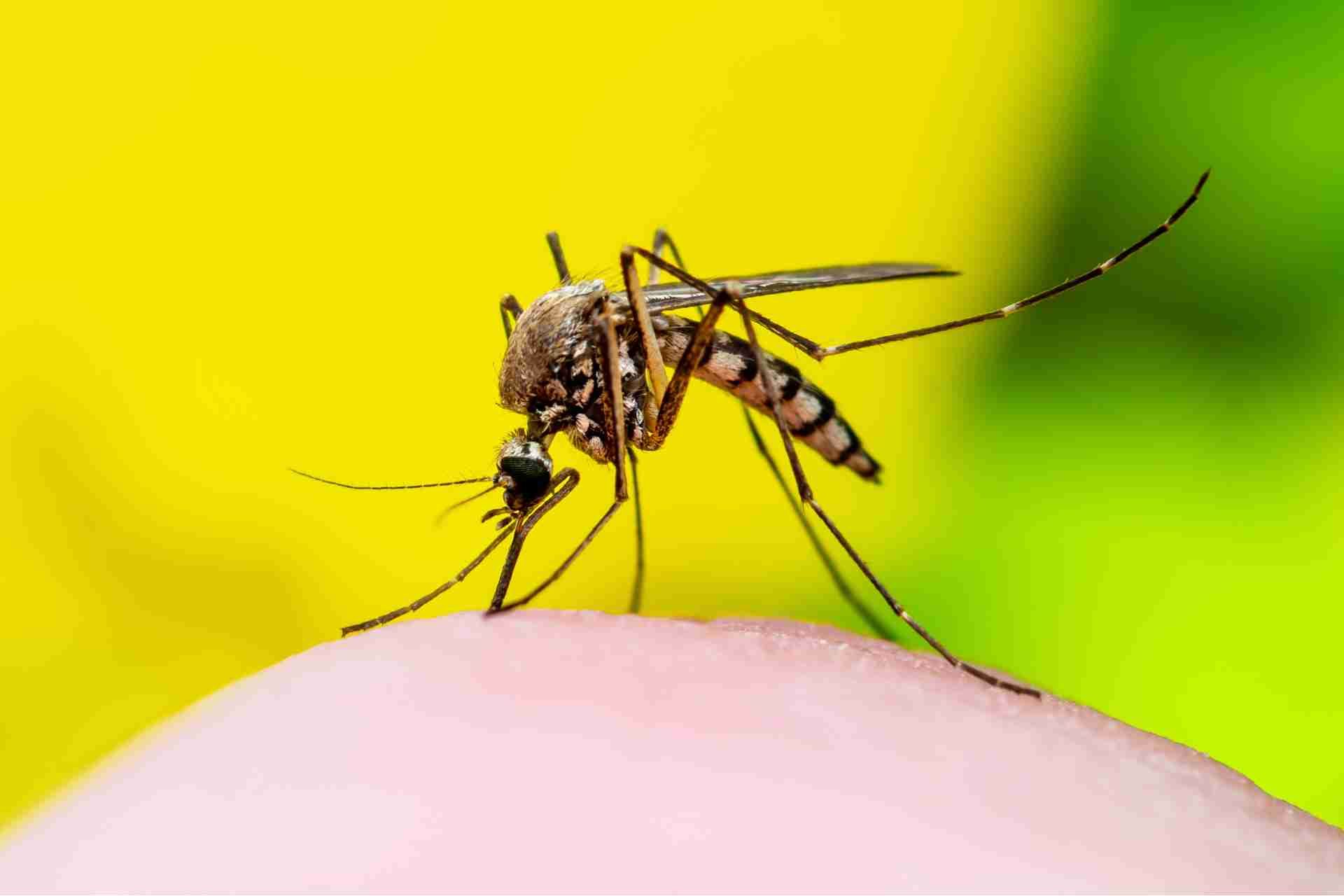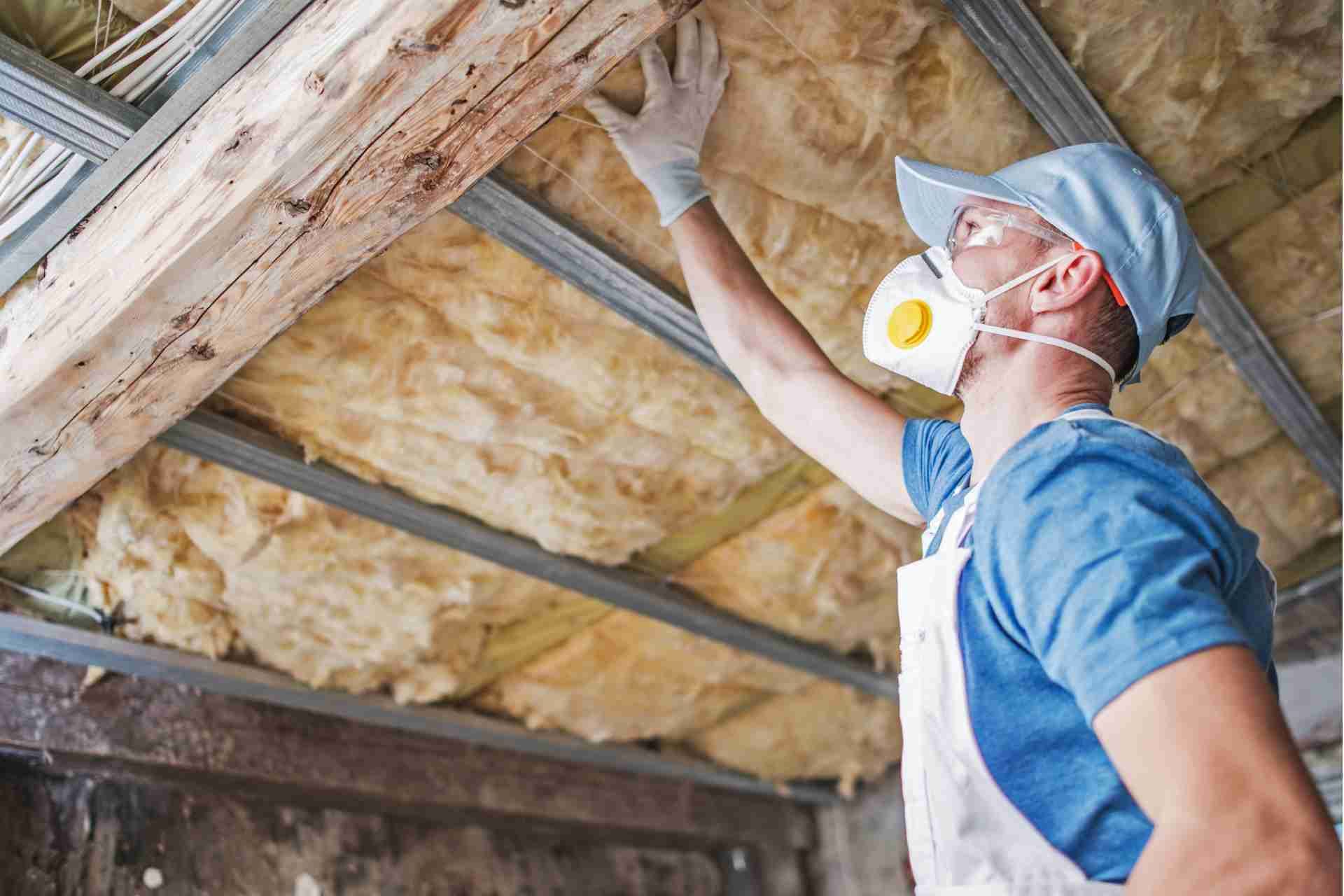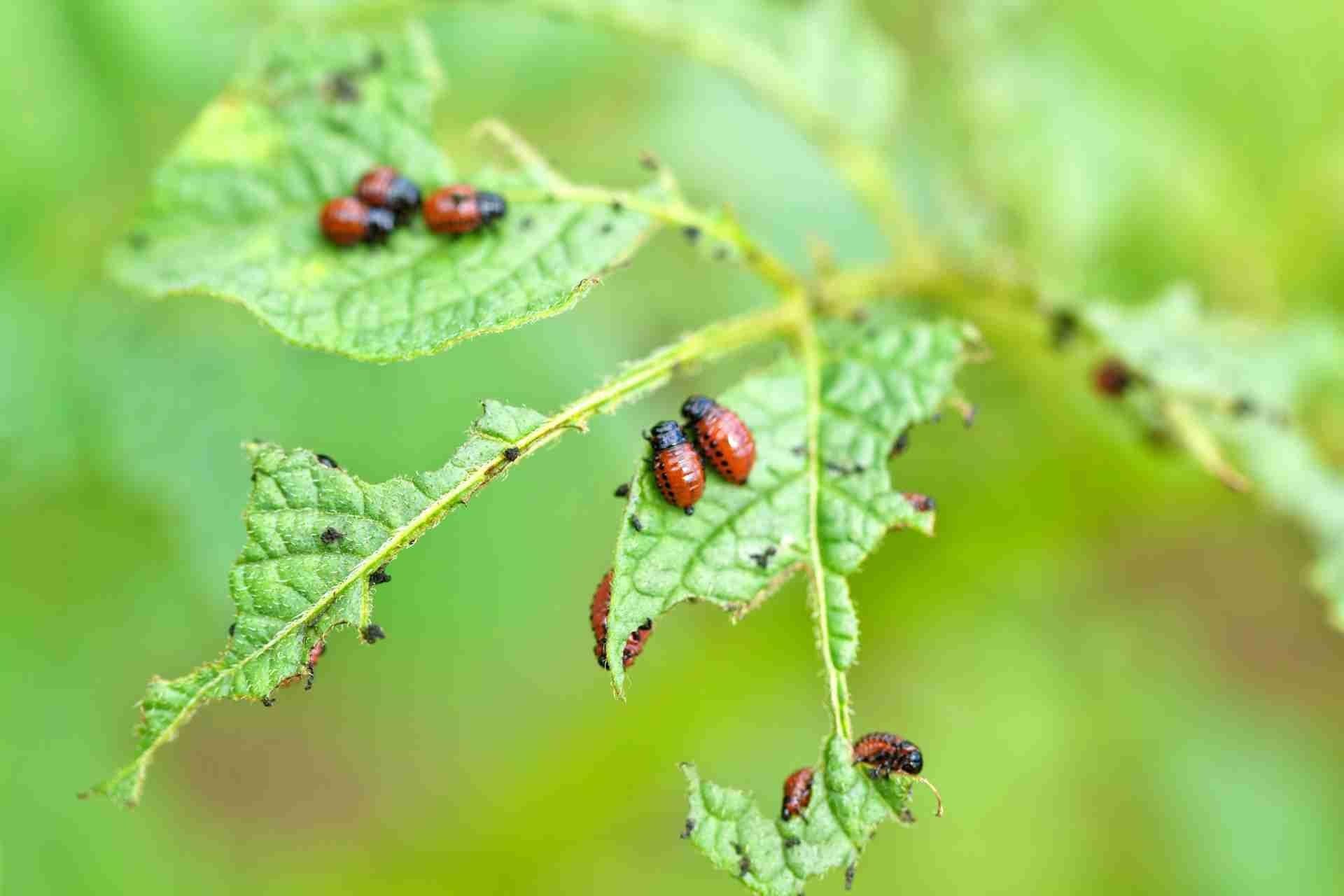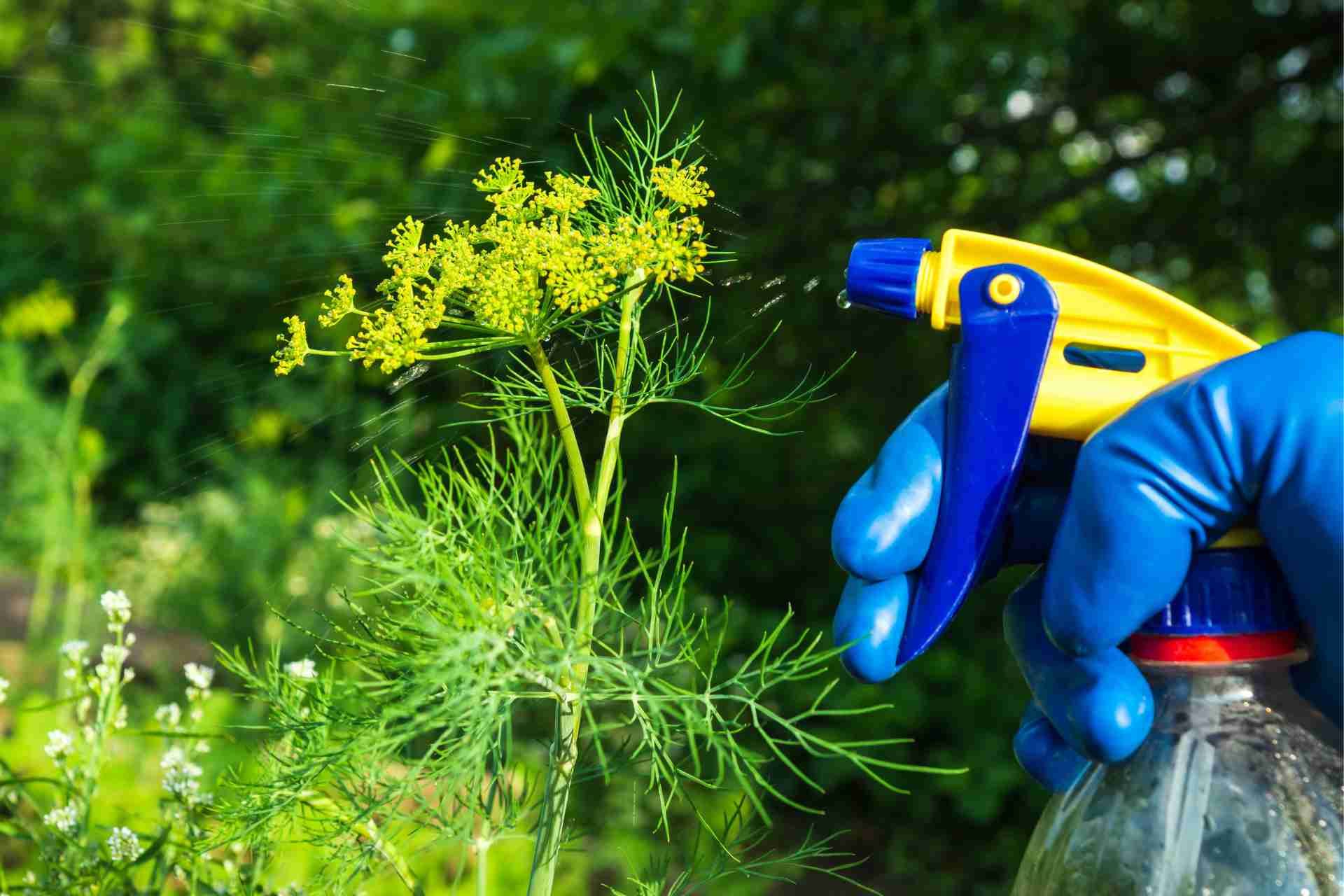Can Groundhogs Damage your House?
If you've ever wondered if groundhogs can wreak havoc on your home like an eager gardener on a sunny day, you might be surprised. These furry creatures can indeed cause damage to your house, but it's essential to understand the extent of it.
From gnawing on wires to burrowing under foundations, their impact can be more significant than you think. But fear not, there are ways to address and prevent potential issues before they escalate.
Stay tuned to learn more about how can groundhogs damage your house and what steps you can take to safeguard it.
Signs of Groundhog Damage
To help you spot the signs of groundhog damage early and protect your property, we've compiled a list of common indicators to watch out for.
Burrow holes: Groundhogs are expert diggers and will create extensive burrow systems underground. Look for holes with a diameter of 10-12 inches near buildings, fences, or trees, as these are likely entrances to a groundhog's den. Keep in mind that groundhogs often have multiple exits to their burrows, so be on the lookout for additional holes nearby.
Tunnels and mounds: Groundhogs create tunnel networks that can extend for several feet underground. As they dig, they will push dirt and debris to the surface, creating mounds of soil that are typically horseshoe-shaped. If you notice these distinctive mounds in your yard or garden, it's a clear sign that groundhogs are present.
Chewed-up plants: Groundhogs are primarily herbivores and will feast on a variety of plants, including fruits, vegetables, and ornamental flowers. If you notice that your garden crops are being nibbled on or whole plants are disappearing overnight, groundhogs may be the culprits. Keep an eye out for half-eaten fruits, gnawed stems, and tops of plants that have been clipped off.
Uneven or damaged terrain: Groundhogs are relentless in their quest to dig and forage for food. As a result, they can leave behind a trail of destruction in their wake, including uprooted plants, torn-up grass, and uneven terrain. If you notice sudden changes in the landscape of your property, investigate further to see if groundhogs are to blame.
Damage to structures: In addition to their burrowing and foraging habits, groundhogs may also cause damage to buildings, fences, and other structures on your property. They have strong teeth that can chew through wood, plastic, and wire, so be on the lookout for gnaw marks or holes in these materials. Additionally, groundhogs may use the sides of buildings or other vertical structures to sharpen their claws, causing further damage.
Common Areas Affected
One of the most common areas affected by groundhog damage is the lawn and garden. Groundhogs are herbivores and love to feast on grass, plants, and vegetables. As they tunnel underground, they can uproot plants and cause damage to the roots, leading to dead patches in the lawn and destroyed vegetable gardens. Additionally, their burrows can create tripping hazards for people walking in the area.
Another area that groundhogs can wreak havoc on is the foundation of buildings and structures. Their burrowing activities can weaken the foundation of a building, causing it to shift and crack over time. This can lead to expensive repairs and potentially compromise the structural integrity of the building. In extreme cases, the burrows can even undermine the foundation, leading to a collapse.
Groundhogs can also damage outdoor structures such as sheds, decks, and fences. As they dig their tunnels, they may come into contact with these structures and weaken them over time. This can lead to costly repairs and potential safety hazards for anyone using these structures.
Groundhogs can also create other problems for homeowners. They are carriers of diseases such as rabies and can transmit parasites to pets. Their burrows can also attract other pests like snakes, skunks, and insects to your property, further complicating the issue.
Being aware of the common areas groundhogs target for their burrowing activities can help you take proactive measures to protect your home and surroundings from their destructive tendencies.
Preventing Groundhog Infestation
Groundhogs are expert diggers and can create extensive tunnels and burrows that can damage your property and uproot plants. They are also known to munch on vegetables and flowers, causing frustration for gardeners.
To prevent a groundhog infestation on your property, here are some tips to keep these critters at bay:
- Seal off potential entry points: Groundhogs are adept at digging and can easily access your property through small holes and gaps in fences, sheds, and other structures. Inspect your property for any openings and seal them off to prevent groundhogs from getting in.
- Install a fence: One of the most effective ways to keep groundhogs out of your yard is to install a fence around the perimeter. Make sure the fence is buried at least a foot deep to prevent groundhogs from burrowing underneath.
- Remove attractants: Groundhogs are drawn to areas with an abundant food supply. Keep your yard free of fallen fruits, vegetables, and other plant debris that groundhogs may find appealing. Consider planting groundhog-resistant plants in your garden.
- Use repellents: There are several commercially available repellents that can deter groundhogs from entering your property. These products emit odors or tastes that groundhogs find unpleasant, causing them to stay away.
- Live traps: If you already have groundhogs on your property, you may need to use live traps to remove them. Once caught, release the groundhog in a wooded area far away from your property.
If you suspect a groundhog infestation or if preventative measures aren't successful, it may be necessary to seek professional extermination services. Pest control experts have the knowledge and tools to effectively remove groundhogs from your property safely and humanely. They can also provide guidance on how to make your property less appealing to groundhogs in the future.
Remember that early intervention is key to preventing extensive damage caused by these burrowing creatures.
Seek Professional Help
At Affordable Pest and Mosquito Solutions, we specialize in providing high-quality pest control services to homeowners and businesses in the area. Our team of trained professionals has the knowledge and experience to effectively address groundhog infestations and prevent them from causing further damage to your property.vigilant and proactive to protect your home from these pesky critters.
Contact Affordable Pest and Mosquito Solutions today to schedule professional groundhog extermination services and protect your property from further damage.

